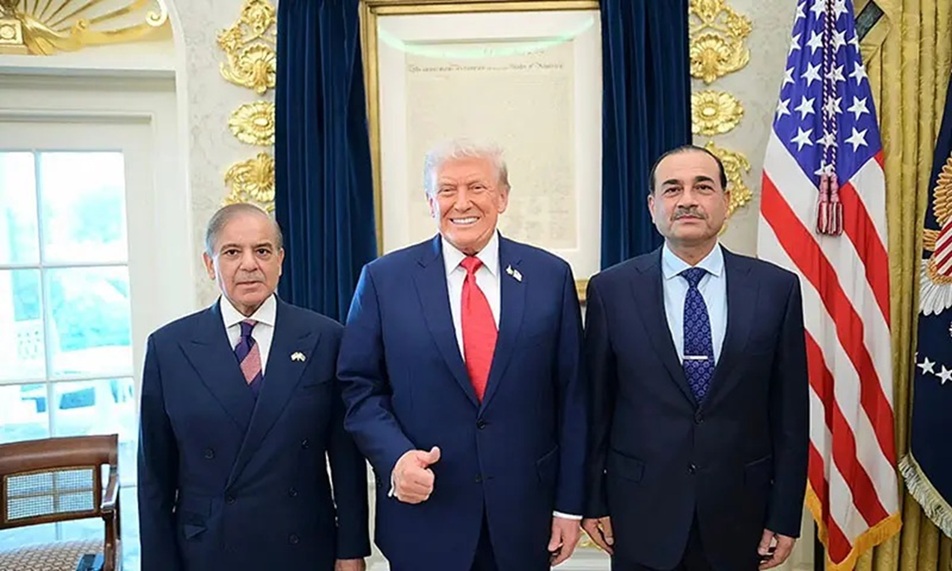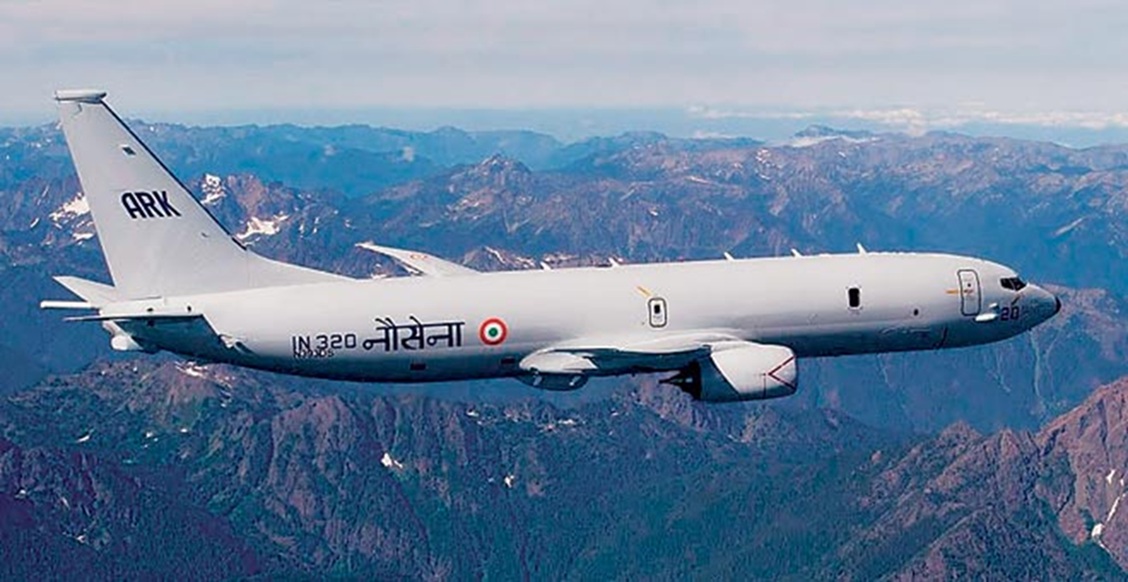“Pakistan shifting loyalties” is a multifaceted issue that involves changes in both domestic and international politics. While Pakistan maintains a strong strategic alliance with China, its relationship with the United States remains uncertain.
The small coastal town of Pasni, located along Pakistan’s Makran Coast in Balochistan, is rapidly emerging as a potential nexus of economic and strategic importance. Known as Bandargah Pasni, the town functions as a medium-sized seaport, fishing harbour, and naval base. Historically, Pasni has played a crucial role in sustaining the local economy, which is predominantly reliant on the fishing industry. With an estimated population of around 70,000, the town also serves as a conduit for transporting food and essential supplies to the surrounding arid hinterlands. In recent months, this tranquil fishing enclave has found itself at the centre of international attention.
On October 3, 2025, the Financial Times reported that advisers to Pakistan’s influential army chief, Field Marshal Asim Munir, had engaged with US officials regarding a proposal to construct and manage a port at Pasni. This move could provide Washington with a commercial foothold in one of the world’s most strategically sensitive regions. The discussions reportedly followed a meeting at the White House between Prime Minister Shehbaz Sharif, Army Chief Munir, and US President Donald Trump, during which the concept of a Pasni port was floated.
According to the Financial Times, Pakistan envisions American investors transforming Pasni into a terminal for accessing the nation’s critical mineral resources. The plan includes the construction of a deepwater port linked to a railway network that transports minerals such as copper and antimony, which are vital for electric vehicle batteries, fire-retardant systems, and defence technologies. The estimated cost of the project is around $1.2 billion, intended to be financed through a combination of Pakistani federal funds and US-backed development finance.
Notably, the proposal specifies that the Pasni port would exclude any form of “direct basing,” meaning it would function as a commercial and logistical hub rather than a military installation. Strategically, Pasni’s location amplifies its significance. Situated approximately 70 miles from Gwadar, China’s flagship CPEC port and roughly 100 miles from the Iran-Pakistan border, Pasni occupies a natural deep-water harbour with potential rail connectivity to mineral-rich inland regions. This positioning makes the town an ideal export hub and a potential counterbalance to Chinese-led development in Gwadar.
The Financial Times Revelation
The Financial Times described the Pasni proposal as an “audacious” initiative, capable of giving Washington the potential to establish a commercial foothold for Washington in a geopolitically sensitive area. The report also raised concerns regarding transparency, as it was allegedly introduced by “advisers” instead of through formal governmental channels. Subsequent clarifications from Pakistani security officials indicated that the army chief “does not possess official advisers,” and that any dialogues were “exploratory” in nature and “not indicative of government or military policy.”
Despite these clarifications, neither the Foreign Office nor the Prime Minister’s Office has disseminated an official communication to either corroborate or refute the report, a notable absence of response considering the project’s strategic ramifications.
Critical Minerals: The New Frontier
US interest in Pasni is closely tied to Chinese interest in Gwadar and securing supply chains for rare earth elements and other critical minerals as a hedge against Chinese monopoly, considered indispensable for renewable energy, electric vehicles, and defence technologies.
Recently, Missouri-based US Strategic Metals (USSM) signed a memorandum of understanding with Pakistan’s Frontier Works Organisation (FWO), the military’s engineering division, to enhance collaboration in the mineral sector. Pakistan also dispatched its first pilot consignment of rare earth minerals to USSM, including copper, antimony, and neodymium.
Prepared locally in coordination with FWO, this initial shipment has been described as a “milestone” in Pakistan-US cooperation and a potential foundation for a sustainable mineral trade partnership. While these developments promise to attract foreign investment, they also underscore the precariousness of operating in Balochistan, a region historically affected by insurgency and political instability.
Much of Pakistan’s mineral wealth lies in areas where previous Chinese-backed initiatives have faced security challenges.
Gwadar: A Port of Promise or a Port of Paradox
Located along the same Makran Coast, Gwadar has long been regarded as the cornerstone of Pakistan-China economic ambitions. It is the country’s only deep-sea port and a central feature of the $60 billion China-Pakistan Economic Corridor (CPEC), which anchors China’s Belt and Road Initiative in South Asia. Chinese officials have described Gwadar as a prospective “second Shenzhen,” referencing China’s transformation from a fishing village into an industrial powerhouse.
“Gwadar Port represents a blank canvas, on which we can create the most exquisite artwork,” said Zhang Baozhong, former chairman of China Overseas Ports Holding Company (COPHC), which operates the port. However, Gwadar has proven far from a blank slate. Decades of neglect and marginalisation have left Balochistan impoverished and politically underrepresented.
Despite significant Chinese investment, local development has lagged, and resentment among Baloch communities has intensified. Recurring insurgencies since 1948 highlight longstanding demands for autonomy and equitable resource distribution. Many local observers perceive CPEC projects as modern iterations of resource extraction, where profits bypass the province and poverty persists.
Pasni: Washington’s Mineral Gateway
While Gwadar anchors China’s strategic ambitions, Pasni is emerging as Washington’s potential entry point into Pakistan’s mineral sector. The proximity of the two ports could define the next strategic rivalry along the Arabian Sea. Located in Balochistan near Afghanistan and Iran, and situated between the Strait of Hormuz, Central Asia, and the Balochistan mineral belt, control over this stretch of coastline will likely influence energy flows, trade corridors, and data routes over the coming decade.
Pasni, therefore, is more than just a commercial port; it symbolises Pakistan’s broader attempt to diversify partnerships and assert strategic autonomy. By attracting American investment while maintaining ties with China, Islamabad seeks to leverage global competition to its advantage, balancing economic needs with geopolitical realities.
Conclusion: Pakistan’s Balancing Act and Questionable Trust
While Pasni and Gwadar exemplify Pakistan’s strategic positioning amid the escalating rivalry between the United States and China, they simultaneously reveal a pattern characterised by ambiguity and opportunism. Islamabad’s concurrent engagement with Washington, alongside its ongoing alignment with Beijing, highlights a transactional paradigm that prioritises immediate gains over enduring strategic reliability.
The discussions surrounding Pasni remain in a preliminary phase, the agreements lack transparency, and Pakistan’s alliances exhibit a degree of fluidity, altering in response to its immediate political and economic imperatives. Although portrayed as a commercial initiative supported by the United States, the Pasni project could readily be adjusted to satisfy Beijing, akin to previous instances where Chinese endeavours have been utilised for domestic political leverage.
In this unpredictable geopolitical environment, Pakistan’s credibility as a long-term ally appears increasingly precarious. The much-lauded “Iron-clad brotherhood” with China may persist in rhetoric, yet Islamabad’s overtures toward Washington unveil the pragmatic, transactional essence of its foreign policy. Along the Makran Coast, the equilibrium of power may depend not on steadfast allegiances but on Pakistan’s evolving strategic calculus, serving as a poignant reminder that in the context of great-power rivalries, even “brotherhoods” are contingent.
Ultimately, the narrative surrounding Pakistan’s “all-weather friendship” with China is deteriorating under the pressures of economic exigency and strategic realignment. What was once celebrated as an unbreakable alliance is now manifesting as a coalition of convenience, sustained more by necessity than by conviction.
As Islamabad intensifies its engagement with Washington in pursuit of investment, mineral resources, and political leverage, Beijing is compelled to confront an uncomfortable reality: its most trusted ally has transformed into an unpredictable entity within an increasingly contested geopolitical landscape. For China, Pakistan was historically regarded as the “Iron brother”, reliable, loyal, and strategically aligned.
Conclusion
Presently, that camaraderie confronts its most significant challenge. In the evolving sphere of great-power competition, Pakistan no longer functions merely as a subordinate ally within China’s sphere of influence but rather as a purveyor of opportunities, exchanging access, influence, and loyalty for the highest bidder. The so-called “all-weather” friendship, it appears, was never genuinely insulated from the shifting dynamics of global politics.
Title Image Courtesy: Dawn
Disclaimer: The views and opinions expressed by the author do not necessarily reflect the views of the Government of India and the Defence Research and Studies







